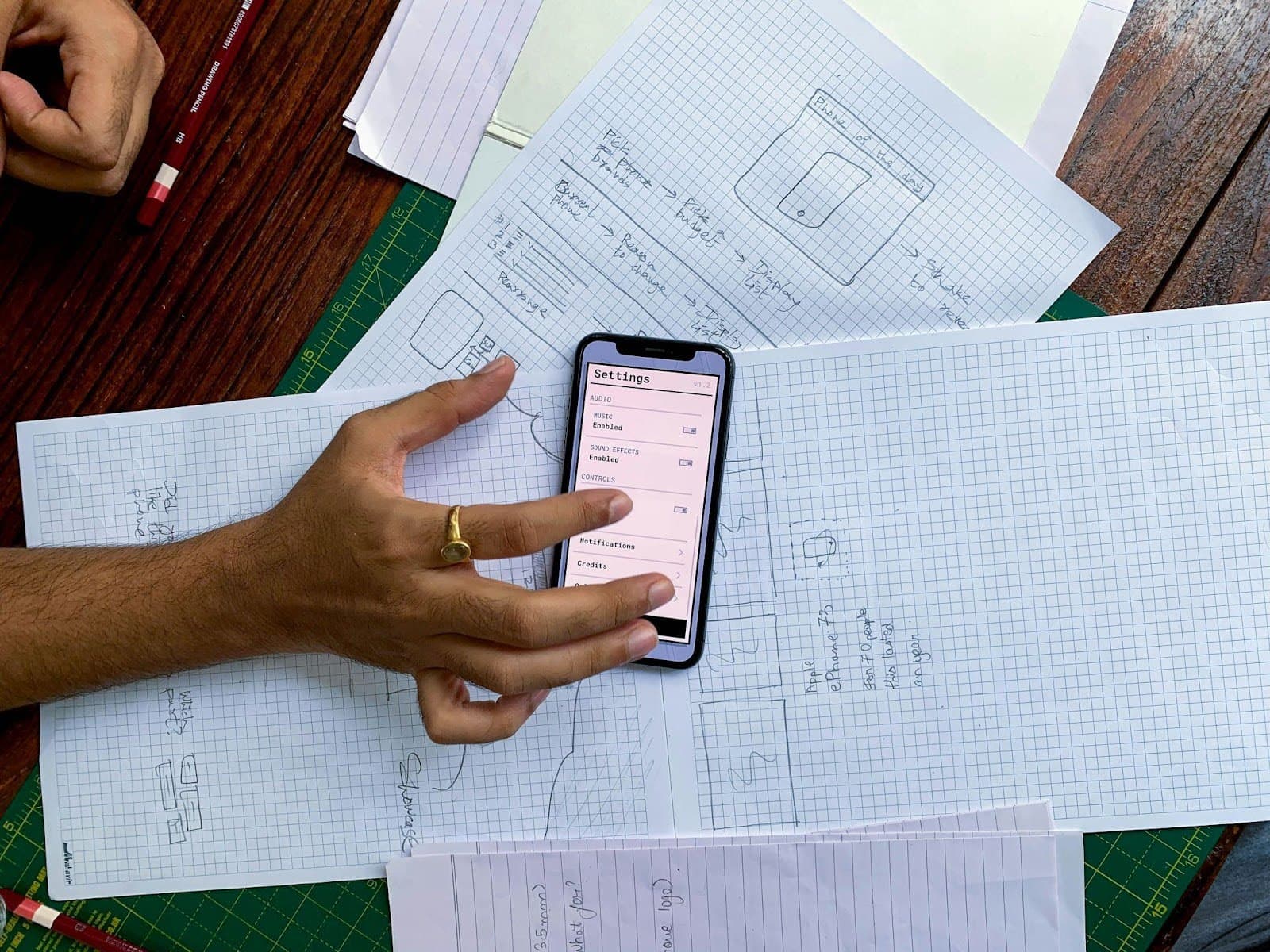App Development Costs in 2025: What Influences Price the Most?
If you’ve ever asked yourself “how much does it cost to develop an app?” — you’re not alone. It’s one of the first (and sometimes most stressful) questions every founder faces.
And the honest answer is: it depends.

But that’s not very helpful, is it? So let’s dig into what actually drives the cost of building an app in 2025, what price ranges you can expect, and where smart founders can save without sacrificing quality.
Why App Costs Are Hard to Pin Down
Every app starts with an idea — but the price tag depends on how that idea is translated into real features, design, and technology.
A simple fitness tracker with two screens might cost a fraction of a complex marketplace with payments, chat, and real-time updates. Then there’s the question of who builds it: a freelancer, a specialized agency, or an in-house development team. Each path comes with its own timeline, cost, and level of reliability.
The reality is that app development cost is never one-size-fits-all. It depends on your goals, market, and how fast you need to launch.
The Big Cost Drivers

1. Features and Complexity
This is the #1 factor influencing app development cost. Each feature adds time and expertise. Login screens, notifications, payment processing, chat, maps, or AI-driven recommendations — they all stack up.
Think of it like this: every new feature adds both development hours and testing time. If your goal is to validate an idea, focus only on the features that solve your users’ core problem. You can always add more once you prove demand.
2. Platform Choice
Are you building for iOS, Android, or both? Going with one platform first (usually iOS) can save money early on. Expanding later is common once you validate your product.
You can also choose cross-platform frameworks like Flutter or React Native, which allow you to write once and deploy everywhere. They’re efficient for startups, but may have trade-offs for performance-heavy apps like games or AR products.
3. Design and User Experience
Good design isn’t just about looks — it directly affects user retention. A smooth, intuitive UI/UX helps users trust your app and keeps them engaged. But design can easily add to the cost: custom animations, illustrations, or complex flows require extra hours from designers and front-end developers.
If you’re tight on budget, start simple. Use proven patterns and add visual polish once you have real user feedback.
4. Team Location
This is where most of the price difference comes from. A US-based agency might charge $120–$200/hour, while experienced developers in Eastern Europe, South America, or Asia typically charge $30–$60/hour. Same code quality, different rates — depending on where the team is located and how they structure their process.
That’s why many early-stage startups choose nearshore or offshore development to stretch their runway while maintaining solid quality.
5. Timeline and Speed
Tight deadlines often mean hiring a larger team to work in parallel. You’ll deliver faster — but at a higher cost. If you’re still in the planning stage, try not to rush the development timeline before your scope is clear. A bit of preparation can save thousands in rework later.
If you’re figuring out your initial budget, check out our post on MVP Budget Calculator: How to Accurately Forecast Your Startup Costs — it explains how to think about budgets before you even write a single line of code.
So, How Expensive Is It to Create an App in 2025?

There’s no universal number, but here’s a realistic breakdown we see in today’s market:
- Simple MVP app: $15,000 – $40,000
- Medium complexity (social, marketplace): $40,000 – $100,000
- Large-scale product (enterprise, fintech, AI-heavy): $100,000+
Of course, these ranges shift depending on your app’s scope, tech stack, and location of your developers. You can reduce initial costs by starting with an MVP or using no-code tools, but those solutions can hit limitations once you need scale or custom functionality.
Hidden Costs Founders Often Miss
Beyond pure development, there are other budget lines that catch founders off guard:
- App store fees (Apple and Google take a share of your sales)
- Cloud hosting and APIs
- Third-party integrations (e.g., Stripe, Twilio, Firebase)
- Maintenance and updates — you’ll need to budget for improvements and bug fixes post-launch
- Marketing and user acquisition — even the best app needs visibility
Factoring these into your total app development cost will give you a more realistic budget from day one.
A Quick Way to Get Clarity
Every founder’s situation is unique — and rough estimates online rarely reflect real-world complexity. That’s why we built CalcMVP’s App Cost Calculator. In just a few minutes, you can select your app type, features, and goals to get an estimated budget tailored to your idea.
It’s free, quick, and gives you a clearer starting point before you talk to developers or investors.
Next Steps for Founders
Costs will always feel like a big hurdle at the start. But a clear plan helps you avoid overspending on the wrong features and focus on what actually matters: getting to your first users. We also wrote a guide on Minimum Viable Product Development: From Idea to First Users. It shows how to move from a rough concept to something real, without overspending.
And yes, that’s really the whole point of an MVP.
Let’s calculate!